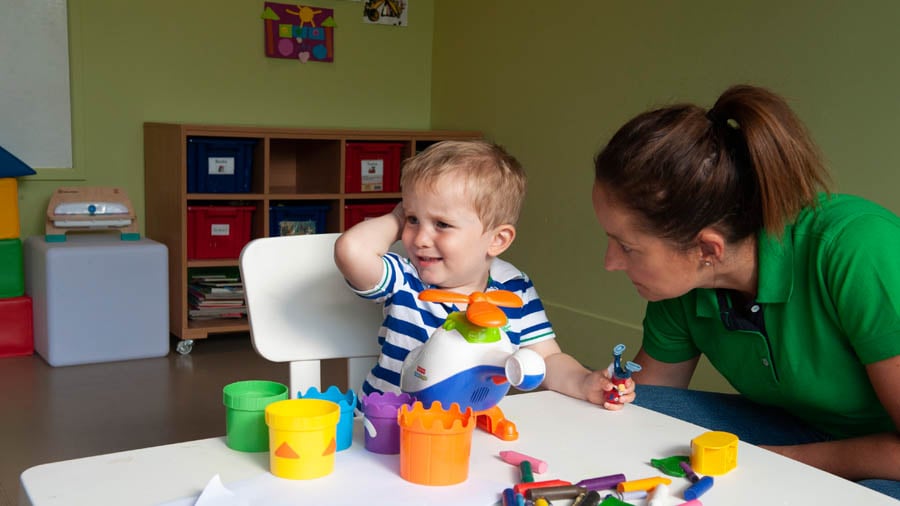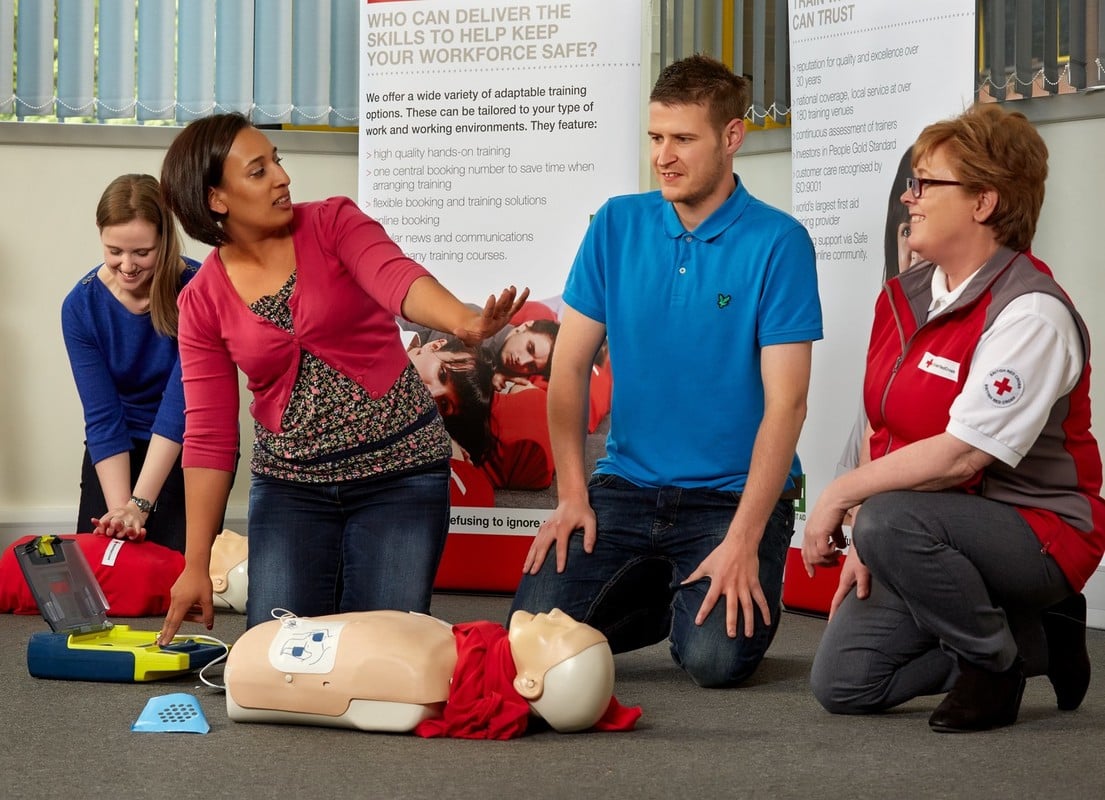Paediatric First Aid is a requirement for most people when caring for children professionally. But have you ever asked yourself why first aid is so important?
Those working in the childcare sector likely have a shared love of working with children and watching them explore, grow and develop. Parents put a significant amount of trust in the people they have carefully selected to care for and educate their children.
The problem is, even with the most robust risk assessments and measures in place, there are still numerous opportunities for injury as children look to gain new skills and learn what their limits are.
Play safety forums publication ‘managing risks in play provision explain that ‘There is no action and no object that may not be hazardous in certain circumstances’
Childcare settings put a host of measures in place to reduce or remove the risk of injury and to keep children safe. However, it is impossible to remove all hazards, and the play safely forum suggests some hazards can even be an opportunity for learning. They suggest that supporting a child while they manage new risks for themselves can often be beneficial to children’s development.
This is a huge responsibility and requires child carers to keep children safe from harm as well as having the training and skills needed to help when accidents inevitably happen.
In this blog, we hope to explain why first aid isn’t just a tick box exercise and how learning paediatric first aid skills shouldn’t just be about meeting paediatric first aid legal requirements, but instead ensuring the best possible outcome for a child that is injured or who becomes ill in your care.
What are the risks in a nursery?
‘‘Safe’ or ‘safety’ are perhaps the most commonly encountered terms in debates about children and risk, such as: ‘Is this playground/park/tree/public square safe?’ There is no simple answer to questions like this, because the word ‘safe’ means different things to different people”
(Ball and Ball-King, 2011).
Every environment and situation will pose its own specific risks and hazards. It’s for this reason that risk assessments play such a significant part in ensuring the safety of children and staff in a childcare setting. Children in themselves pose a risk as their size, inquisitiveness, bravado, horseplay and inexperience all make them more likely to injure themselves or others. Inadequate supervision does play a part, especially in a home setting where it is not possible to always be watching what is happening.
Accidents to children are reported and recorded like any accident in the workplace. The records are often more detailed than those in an adult only workplace as there are additional requirements from local authorities and Ofsted that need to be considered.
However, even with all this additional record keeping, there are currently no clear statistics detailing specific accidents involving children while in a nursery or childcare setting. There is guidance relating to accidents involving children from RoSPA which does give some interesting insight.
Although not specific to childcare environments, RoSPA explain the most serious incidents are usually associated with heat and falls from a height. Falls are by far the most common source of accidents in the home (44%) and whilst the risk in a childcare setting is likely reduced, it is perceivable that this still accounts for a high proportion of accidents.
RoSPA also explain older children are more likely to sustain fractures than their younger counterparts, whereas younger children have a higher percentage of burns and scalds or swallowing something harmful.
In fact, more than 28,000 children receive treatment for poisoning, or suspected poisoning accidents every year.
To help reduce the risks to children under the age of 5, Public Health England and the child accident prevention trust jointly released a guide for preventing unintentional injuries which offers advice and insight around the types of injuries and risks likely to be faced and how to mitigate them.
Why is it important to learn first aid?
Learning first aid gives you the skills and confidence you need to act in a first aid situation. When we think of first aid we often associate it with significant injuries or illnesses such as heart attacks and severe bleeding, but first aid is much more than that. In many situations, a child may just need comforting and reassuring, but there are times when you may need to administer first aid or even call for an ambulance as the injury or illness is more serious. Being able to make these judgement calls and give immediate medical attention when needed all ensure the best outcome for the child.
Some situations are more serious and being able to act quickly can be the difference between life and death. Many in the childcare sector will have heard harrowing stories about children in nurseries and childcare settings choking, some with devastating outcomes. And whilst this is a very real risk, and the measures put in place such as cutting food up smaller and supervising all do reduce the risk, choking and other serious situations do still happen and immediate first aid intervention is critical.
Although, preventing the accident is everyone’s intention, knowing how to help if a child has a head injury from falling over, a burn from a hot drink, something stuck up their nose or has a febrile seizure as they became too hot is hugely reassuring to both parents and staff alike. By learning paediatric first aid you will develop the skills needed to help a child who becomes ill or who is injured in your care.
However, the responsibilities of a paediatric first aider go further than simply giving first aid in an emergency however, and may also include record keeping, administering medication in some situations and communicating with parents to ensure any follow up observation or care is provided, e.g. monitoring them after a minor head injury.
What Paediatric First Aid training do I need to have?
The Early Years Foundation Stage statutory framework, specifies Paediatric First Aid training must be completed over a 2 day duration and must cover a standardised syllabus.
In addition to this, the Health and Safety (first aid) regulations 1981 also requires employers to complete a first aid needs assessment. This assessment ensures that any specific considerations for the work, environment, and people within it, are accounted for in your first aid provision. It ensures that appropriate training and equipment is available to cover the type of incidents that may be faced, for example if you have a child who has a medical condition you may need to ensure training includes skills specific to this.
Topics: Paediatric first aid


